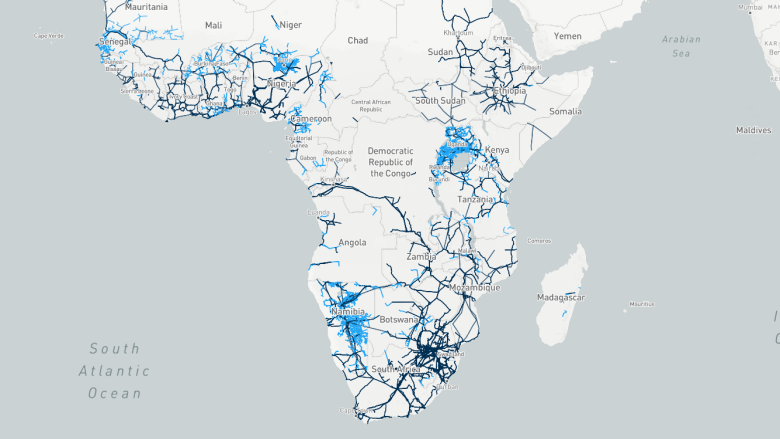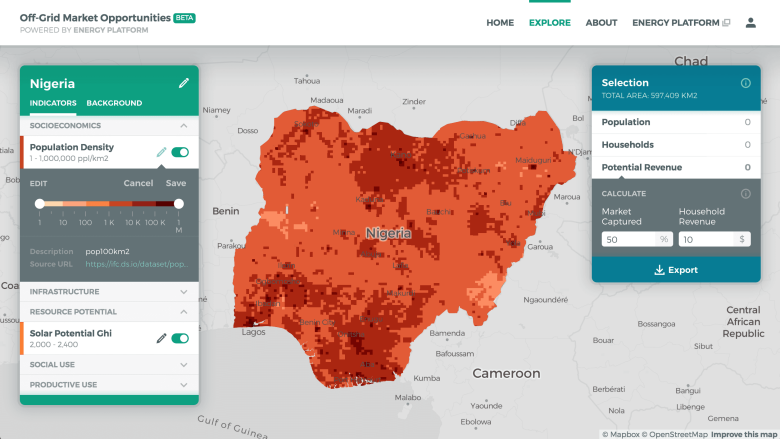The world generates 2.5 quintillion bytes of data each day, a treasure trove of information that tracks work in areas from energy and infrastructure to poverty, agriculture and health.
in a recent piece. The current pace of collecting and analyzing data is not sufficient to meet the Sustainable Development Goals (SDGs) by 2030 – including sustainable energy for all (SDG 7). That is a missed opportunity when it comes to solving some of the world’s most urgent problems.
One significant challenge is that data generated in the energy sector often remains in spreadsheets, unpublished. What is published is scattered and therefore hard to find. It also varies in quality, and often lacks the technical detail needed to develop sound investment models.
ENERGYDATA.INFO, an online platform launched by the World Bank and nine other partners is an important step in resolving this challenge. It is a free resource and a public good for finding and sharing datasets and data analytics relevant to the energy sector – all in one place. It now offers more than 180 datasets from partners that include Bloomberg New Energy Finance, KTH Royal Institute of Technology, World Resources Institute, Columbia University Earth Institute, GIZ, the United Nations, Innovation Energie Développement (IED), and Lawrence Berkeley National Lab, as well as the World Bank.
“Meeting SDG 7 requires the mobilization of finance and institutions. Mobilization should be based on transparent analysis. And that analysis, in turn, should be based on transparent, open, accessible data,” said Mark Howells, Professor and Chair of the division of Energy Systems Analysis at KTH.
Users can access electricity network maps to better plan renewable plant locations and off-grid solutions deployments, technical and commercial performances of African utilities to better assess investment risks, time-series maps of renewable measurement sites to facilitate large-scale renewable feasibility studies, and high-resolution population and settlement geospatial datasets to plan energy projects for greater impact.
While increasing data availability is already a major step forward, helping stakeholders transform data into insights and knowledge is also critical to effectively inform decisions and drive impact.
Beyond datasets, ENERGYDATA.INFO features data analytics that allow users to:
- Assess the potential market for off-grid energy solutions
- Determine solar power potential and solar plant prospective electricity outputs for any given location with the new Global Solar Atlas
- Monitor rural electrification progress from nightlight satellite imagery data
- Generate universal electrification scenarios,
- Compare sustainable energy policies and regulations globally, and more.
The platform is visible and functional, while also providing space to store data and links to and from other sources. It ensures that data can be traced to its source and allows one to build applications based on that data.
Initial responses to the platform have been encouraging, with users already putting the data to use.
Amid a global “data revolution,” both for-profit companies and nonprofit organizations already underscore the potential of open data by using it in ways that directly advance the SDGs. The Center for Open Data Enterprise monitors this use, with its Open Data Impact Map, highlights cases such as ReConnect Energy, which helps integrate renewable energy into the grid by predicting wind and solar power outputs based on power generation data.
. To make sustainable energy for all a reality by 2030, the world has to achieve universal energy access, double the share of renewables in the global energy mix and double the global rate of improvement in energy efficiency.
“To meet the targets for SDG 7, we must invest in and prioritize open data,” said Riccardo Puliti, Senior Director and Head of Energy and Extractives at the World Bank. “ENERGYDATA.INFO will be of enormous value to the private sector and to policymakers, providing data and analytics they can use to de-risk investments and make more informed decisions, leading to faster impact on the ground.”


